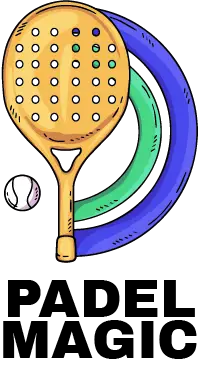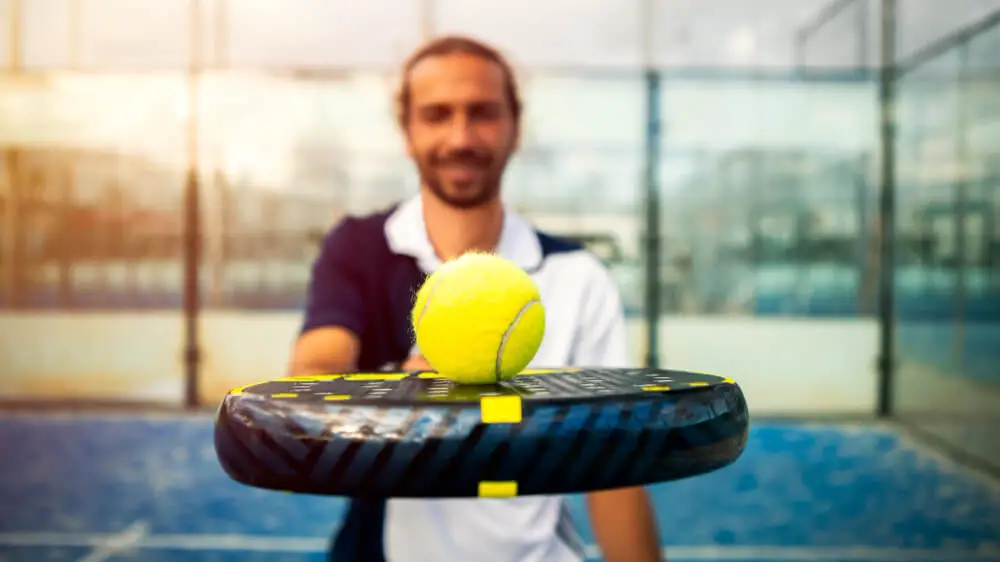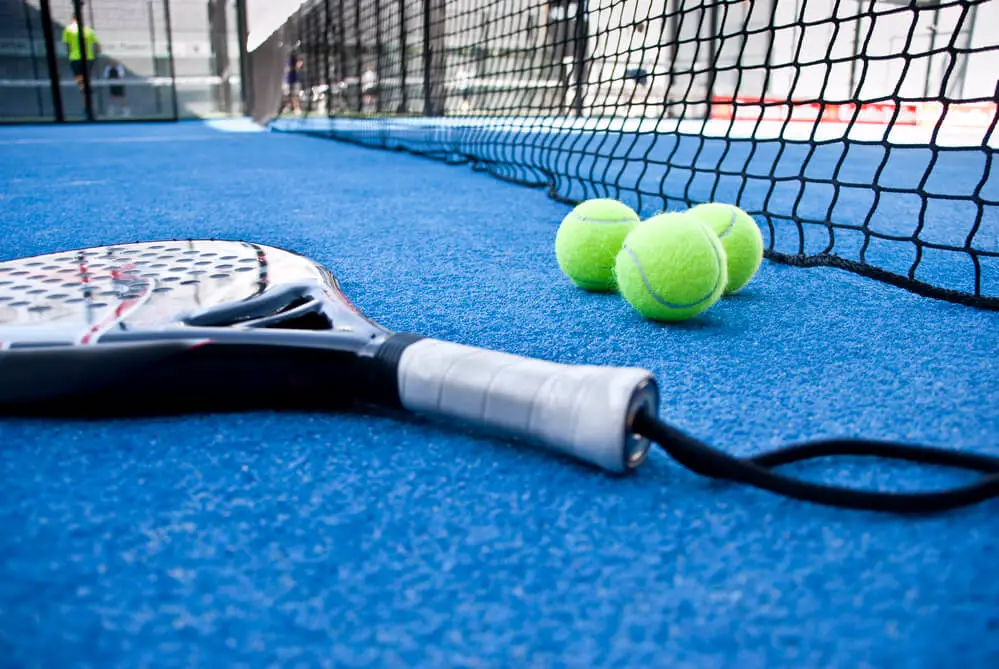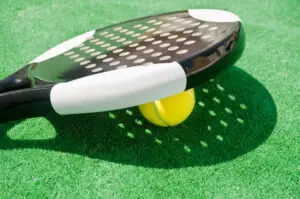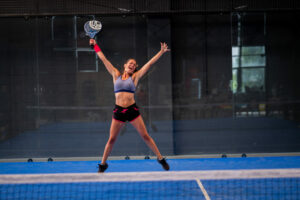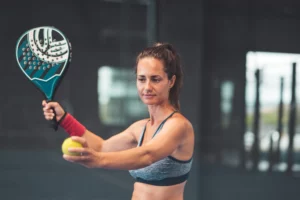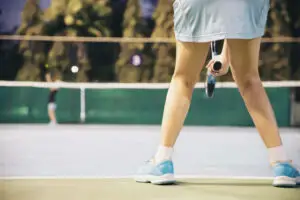Padel Ball Material
Padel tennis balls are made of a rubber core covered with a felt material. This combination ensures the right balance of bounce and durability specific to the requirements of padel play. The construction of these balls is similar to tennis balls, but they are slightly less pressurized to suit the padel court and style of play.
The Core of Padel Tennis Balls
Rubber Material: The Heart of the Ball
At the center of every padel tennis ball is a core made of rubber. This isn’t just any rubber but a carefully selected type that balances resilience and flexibility. The rubber used is typically high quality, ensuring it can withstand the repeated impacts of intense padel matches. This core is what gives the padel ball its essential characteristics, notably its ability to withstand pressure and its response to the racket’s strike.
Impact on Bounce and Feel
The rubber core plays a pivotal role in determining two crucial aspects of the ball’s performance: its bounce and how it feels during play. The density and elasticity of the rubber influence the degree of bounce.
A well-balanced rubber core will provide a consistent bounce that is neither too high nor too low, aligning perfectly with the requirements of padel courts.
Moreover, the feel of the ball – a subtle yet important factor for players – is largely dependent on the rubber’s composition. It affects how the ball reacts upon contact with the racket and the court surface, contributing to the player’s tactile experience and control during the game. Therefore, the choice of rubber in the core is integral, not just for the ball’s physical performance but also for the sensory feedback it provides to players, enhancing their connection with the game.
The Outer Layer: Felt Material
Composition of the Felt Covering
Enveloping the rubber core of a padel ball is a layer of felt, a material crucial for the ball’s interaction with both the racket and the court. This felt is typically a blend of natural wool and synthetic fibers, creating a surface that’s durable and responsive to each hit.
Influencing Aerodynamics and Longevity
The felt’s texture plays a significant role in the aerodynamics of the ball, affecting its flight path and speed. It’s engineered to offer the right amount of friction, ensuring that the ball travels through the air efficiently.
Additionally, the durability of this material is key to withstand the frequent impacts and abrasion from play, ensuring the ball remains consistent in performance over time. This combination of aerodynamics and durability makes the felt layer an integral component of the padel ball’s design.
Manufacturing Process of Padel Tennis Balls
Step-by-Step Crafting
The journey of a padel tennis ball from raw materials to the court is meticulous. It begins with the creation of the rubber core, where the rubber is molded and pressurized to form the perfect spherical shape.
Consistency in size and weight is crucial at this stage. The core is then encased in the felt material, which is either glued or heat-pressed onto the rubber. This step requires precision to ensure the felt is evenly distributed around the ball for balanced aerodynamics.
Quality Control and Testing
Throughout the manufacturing process, quality control is paramount. Each batch of balls undergoes rigorous testing to ensure they meet specific bounce, weight, and size standards.
The balls are also tested under various conditions to simulate actual play, checking their durability and performance. This attention to detail guarantees that every ball that reaches players offers the reliability and quality essential for the fast-paced game of Padel.
Differences Between Padel Balls and Tennis Balls
Subtle Yet Crucial Variances
While padel balls may resemble standard tennis balls at first glance, key differences set them apart. Padel balls are slightly smaller and have less internal pressure, which affects how they play on the Padel court. This reduced pressure results in a lower bounce, aligning with the shorter and enclosed nature of padel courts.
Material and Size Considerations
The materials used for both types of balls are similar, primarily a rubber core with a felt exterior. However, the felt on padel balls is often designed to withstand the unique playing conditions of padel, including frequent wall impacts.
The size difference, although subtle, plays a significant role in how the ball behaves during a game, influencing everything from the serve to rally dynamics. These distinctions are vital for players transitioning between tennis and padel, as they directly impact the playing experience and strategies used in each sport.
Choosing the Right Padel Ball
Tailoring to Your Environment and Skill
Selecting the ideal padel ball is a decision that can significantly influence your game. One of the first factors to consider is the playing environment. For instance, balls designed for high-altitude play differ from those used at sea level, as altitude affects ball pressure and bounce. Indoor and outdoor conditions also play a role, with variations in ball design to suit different court surfaces and weather conditions.
Matching Balls to Your Skill Level
Your skill level is another crucial consideration. Beginners may benefit from balls with a slightly lower pressure for easier control and longer rallies, which can aid in developing skills and consistency. Advanced players might opt for high-speed balls that complement their aggressive play style and technical proficiency.
Personal Preference and Play Style
Ultimately, personal preference and play style are key. Experiment with different brands and types to find a ball that feels right for you. Remember, the best ball is one that enhances your enjoyment of the game while suiting your individual playing style.
